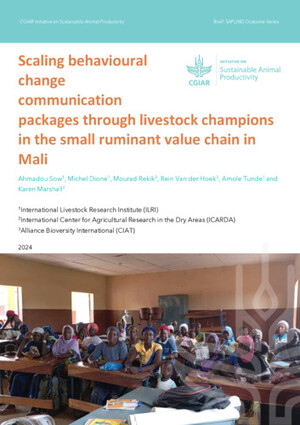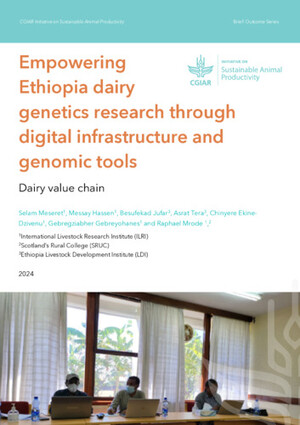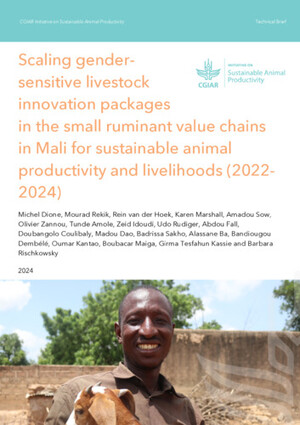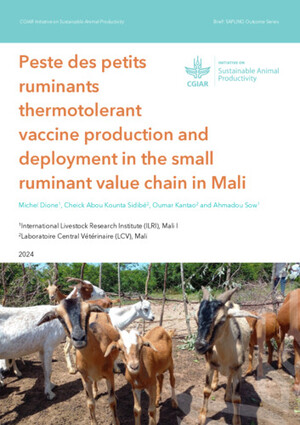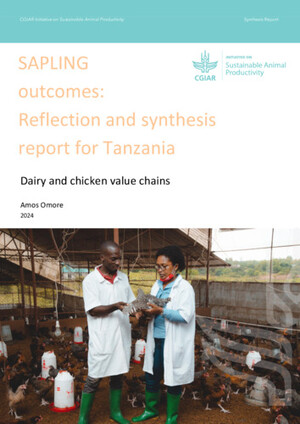
Knowledge and exploitation of small ruminant grading and pricing systems among Somaliland livestock producers
Abstract
This study sought to determine the level of awareness of the informal indigenous livestock grading and pricing system among producers and the exploitation of this knowledge to increase market participation and realise better prices and returns for their animals. Data was collected from 144 small ruminant producers in 3 livelihood zones (West Golis pastoral, Togdheer agro-pastoral and Hawd pastoral regions) in the northern Togdheer region using a structured questionnaire. Descriptive statistics and econometric methods were used in the analysis of data. Results confirmed the importance of small ruminants as sources of income among livestock producers in Somaliland. On average, a household kept 53 sheep and goats with most of the producers (79-85%) having sold some animals (mean=10) during the preceding 12 months. It was also established that producers were generally well versed with the grading and pricing system except for the very fine details. However, this knowledge did not have significant effect on level of market participation, but rather, other supply influencing factors like the number of animals kept by the household, gender of sales decision maker, age of household head and livelihood zone in which the household resided significantly influenced household annual small ruminants sales volumes. Despite level of awareness of grading and pricing having no significant effect on the absolute annual household sales volumes due to other adjunct supply constraints, producers tended to avail more of the superior quality grades for sale. For example, Grades I and II of small ruminants accounted for the largest proportions of animals sold (40% and 29%, respectively) with inferior quality grades (grade III and the local grade) accounting for only 15% and 17% respectively. Furthermore, results of an Ordinary Least Squares (OLS) regression showed that supply of higher grade animals had a positive effect on prices received. In addition, number of animals sold and involvement in other economic activities besides livestock production positively affected the level of prices received by producers. Although a significant number of producers (39%) said that they deliberately fatten animals before sale, the strategy employed simply involved grazing of animals in communal land during the rainy season. Sheep and goats producers in Somalia face formidable constraints of drought and the attendant lack of feed and water for livestock, and also animal health issues. This provides a justification for development agencies and research organisations to continue working to address these problems.
Citation
Wanyoike, F., Mtimet, N., Mugunieri, L.G., Ndiwa, N., Warsame, A. and Marshall, K. 2015. Knowledge and exploitation of small ruminant grading and pricing systems among Somaliland livestock producers. ILRI Research Report 36. Nairobi, Kenya: ILRI.





